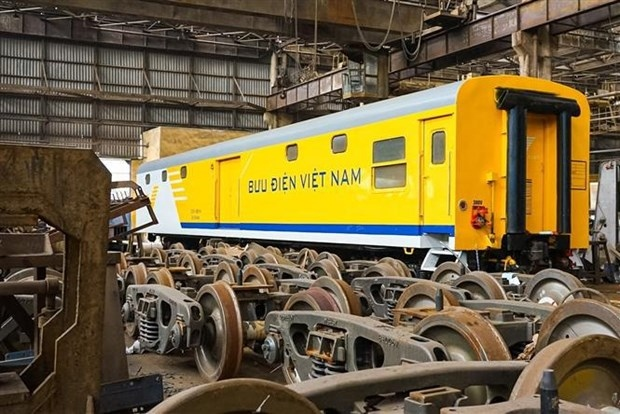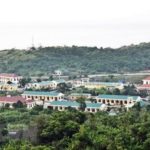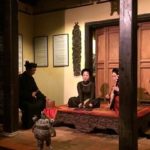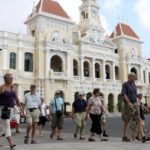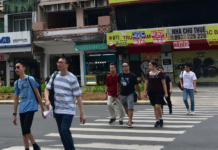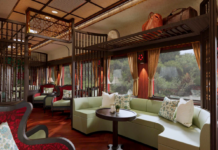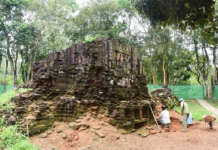The event was part of activities within the framework of the Hanoi Creative Design Festival 2023.
The concept of industrial heritage has been clearly defined internationally. It consists of the remains of industrial culture, including buildings, workshops, mills and factories, mines and sites for processing and refining, warehouses and stores, places where energy is generated, transmitted and used, transport and all its infrastructure, as well as places used for social activities related to industry.
Industrial heritage is an inseparable part of cultural heritage in general, closely tied to each historical stage of the world industrial civilization. They carry great value and significance in terms of history, society, science and aesthetics.
The industrial heritage of Hanoi consists of factories and workshops dating back to the French colonial period and in the socialism building in the North. They are not merely architectural works but also serve as vivid testimony to a challenging period in the nation’s history.
According to research by architect Dinh Thi Hai Yen, existing industrial buildings built before 1945 in Hanoi include the Hanoi Brewery, Hanoi Wine Factory, Yen Phu Power Plant, and Gia Lam Train Factory.
Industrial heritage always carries historical, aesthetic, and social traces. Many heritage sites have great value for people, associated with the memories and life of an era. Therefore, industrial heritage always has vitality even in modern life, said architect Yen.
She highlighted the important role played by State management agencies in coordinating, developing plans, and resolving conflicts related to the conservation, development, and reconstruction of industrial heritage sites.
Meanwhile, Dean of the Faculty of Architecture, Hanoi Architectural University, architect Vuong Hai Long, emphasized the necessity to have measures and planning to effectively use and preserve industrial heritage sites in Hanoi.
Therefore, it needs a roadmap for planning to change the functions of old buildings and factories to meet the demands of modernity and ensure that traces and memories of the history and culture of the sites are still preserved, Long said.
Ancient house in Ma May
NDO – Ma May, a rare quarter that still retains several old houses, has created one of the characteristics of Hanoi. Hanoi’s streets are becoming increasingly crowded and traditional features can sometimes be hidden behind modern life. But if one takes the time to relax and look around, the ancient features begin to reveal themselves.

